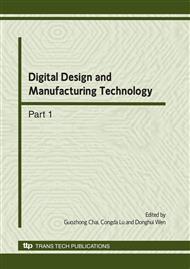p.767
p.771
p.776
p.781
p.786
p.791
p.796
p.801
p.807
Industry Relocation and Manufacturing Clusters Upgrading
Abstract:
Industrial relocation is conducive to spatial production specialization in the age of information network and economic globalization. Although it will affect the regional industrial competitiveness and employment levels in the short term, in the long run it is conducive to the sustainable development of regional manufacturing clusters. Based on the location model of the micro-enterprise perspective, the paper concluded that: Cournot competition will cause spatial agglomeration, while Bertrand competition leads to industrial relocation. At the present stage, the development mode of manufacturing clusters in Zhejiang is close to Bertrand competition. To achieve the restructuring and upgrading of manufacturing clusters, it is necessary to implement desiring policies to promote the competitiveness of enterprises out of the Bertrand competition, and to increase R&D inputs to enhance the degree of product differentiation. Finally, the paper did an empirical study with an example of Taizhou sewing equipment manufacturing cluster.
Info:
Periodical:
Pages:
786-790
Citation:
Online since:
March 2010
Authors:
Price:
Сopyright:
© 2010 Trans Tech Publications Ltd. All Rights Reserved
Share:
Citation:


